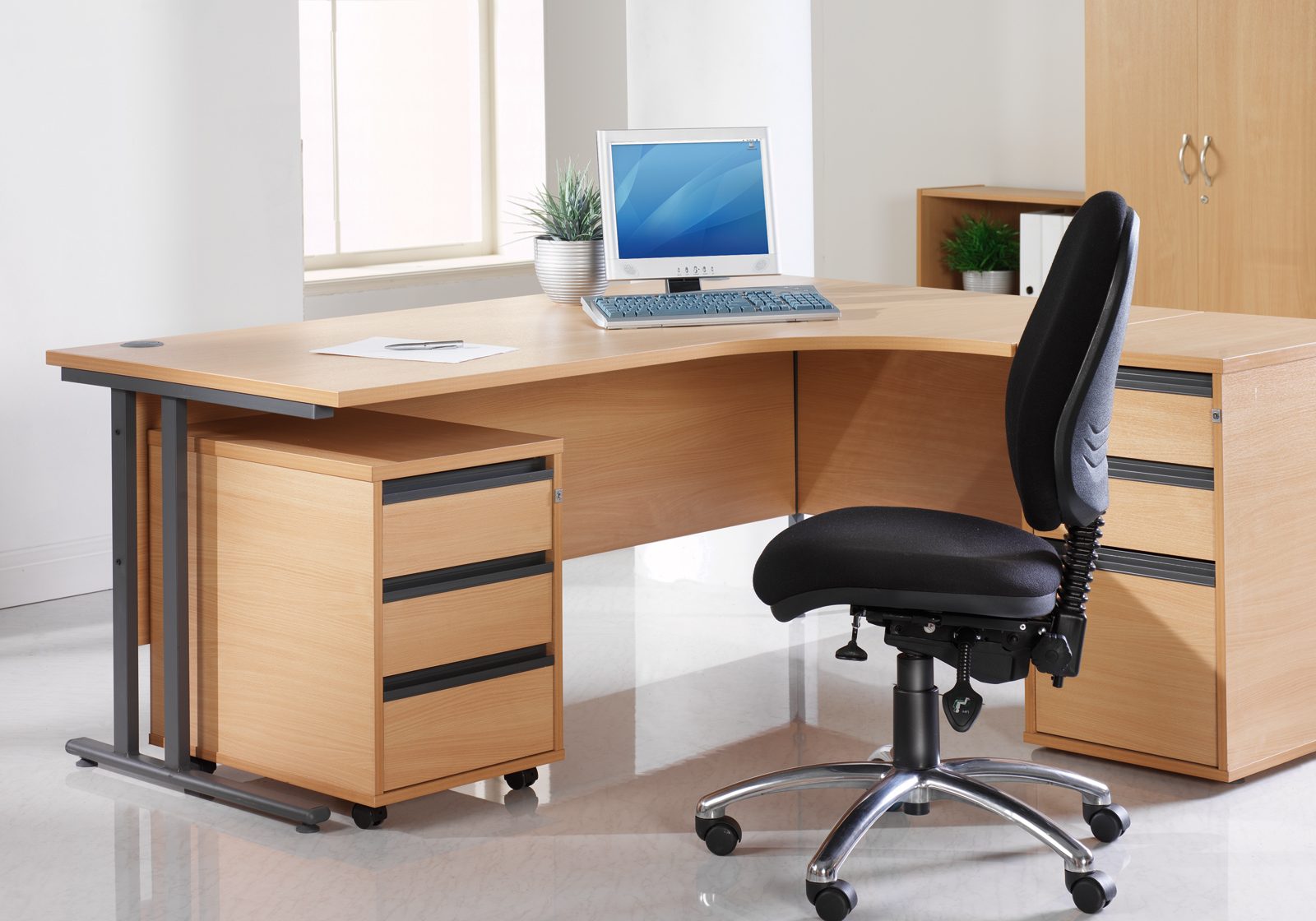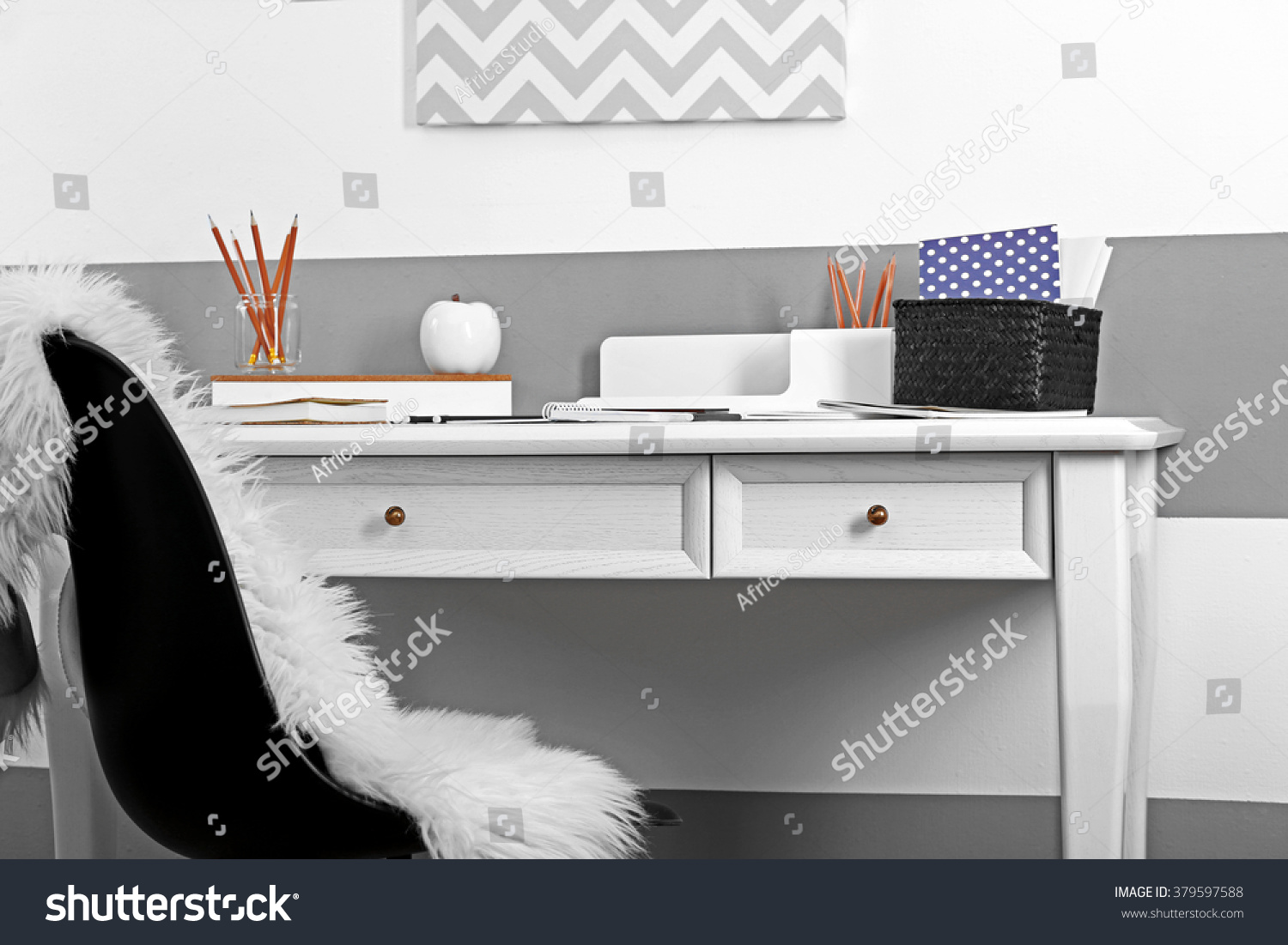Ergonomics and Comfort of Warehouse Stationery Desk Chairs

Right, so you’re sorting through stationery, not exactly a glamorous gig, but comfort’s key, innit? A dodgy chair can turn your shift into a right nightmare, impacting your health and productivity more than a dodgy batch of cheap pens. Let’s get this sorted.
Key Ergonomic Features of Warehouse Desk Chairs
Choosing the right chair isn’t just about aesthetics; it’s about your back, your neck, your whole bod. Think of it as investing in your future, not just another bit of kit. Look for chairs with proper lumbar support – that’s the curve in your lower back – adjustable height, and armrests that support your elbows at a 90-degree angle. A breathable fabric like mesh is a winner, especially in a warehouse environment. Adjustability is king here; you need a chair that adapts to *you*, not the other way around. A chair that’s too high, too low, or lacks proper support is a recipe for disaster.
Comparison of Different Chair Types
| Chair Type | Back Support | Adjustability | Comfort (Long-Term) |
|---|---|---|---|
| Mesh Chair | Generally good, but can lack robust lumbar support in cheaper models. | Usually height adjustable, sometimes with backrest angle adjustment. | Breathable and comfortable for most, but can feel less supportive than executive chairs. |
| Executive Chair | Often features high-quality lumbar support and padded backrests. | Wide range of adjustments, including armrests, height, and backrest angle. | Very comfortable, but can be expensive and less breathable than mesh chairs. |
| Ergonomic Chair | Designed with specific ergonomic features, often including adjustable lumbar support and headrests. | Highly adjustable to cater to individual needs and preferences. | Generally very comfortable, promoting good posture, but often at a premium price point. |
Impact of Poor Posture and Inadequate Chair Support
Slouching around all day? That’s a one-way ticket to backache, neck pain, and even carpal tunnel syndrome. Warehouse work already involves a lot of lifting and movement, so a bad chair just adds insult to injury. Think repetitive strain injuries (RSI), which can sideline you for weeks, or even slipped discs – not a good look. These issues not only affect your physical health but also smash your productivity; you’re not exactly going to be at your best when your back’s screaming.
Ergonomic Checklist for Warehouse Stationery Desk Chairs
Before you even think about ordering a chair, run through this checklist. It’ll save you a load of grief down the line.
- Adjustable Height: Can the chair be adjusted to the correct height for your desk?
- Lumbar Support: Does the chair offer adequate support for the lower back?
- Armrests: Are the armrests adjustable and positioned correctly to support your elbows?
- Breathability: Is the chair made from a breathable material to prevent overheating?
- Durability: Does the chair look like it can handle the daily grind of a warehouse?
- Overall Comfort: Does the chair feel comfortable to sit in for extended periods?
Durability and Practicality in a Warehouse Setting: Warehouse Stationery Desk Chair

Choosing the right desk chair for a warehouse isn’t just about comfort; it’s about longevity. In a demanding environment with potential for spills, bumps, and heavy use, durability and practicality are paramount. A chair that can withstand the daily grind will save money in the long run, reducing replacement costs and downtime. This section explores the durability of different materials and crucial features to consider when selecting a warehouse desk chair.
Warehouse stationery desk chair – The materials used in a warehouse desk chair directly impact its lifespan and resilience. Different materials offer varying levels of durability, each with its own set of advantages and disadvantages. Understanding these differences is key to making an informed choice.
Material Comparison: Durability and Maintenance
The choice of upholstery material significantly affects a chair’s durability and ease of maintenance in a warehouse setting. Factors like resistance to stains, abrasion, and the ease of cleaning are crucial. Let’s compare three common materials: fabric, leather, and mesh.
- Fabric:
- Pros: Often more affordable than leather, comes in a wide variety of colours and textures, can be relatively comfortable.
- Cons: Prone to staining and spills, can be difficult to clean thoroughly, may wear down faster than other materials, especially in high-traffic areas. Susceptible to damage from sharp objects.
- Leather:
- Pros: Durable and long-lasting, relatively easy to clean, resistant to many stains, and offers a professional look.
- Cons: Can be expensive, may crack or peel with prolonged exposure to extreme temperatures or harsh chemicals, can become uncomfortable in hot climates.
- Mesh:
- Pros: Breathable and comfortable, even during extended use, relatively easy to clean, resistant to stains, and often durable enough for warehouse settings.
- Cons: Can be less supportive than other materials, may snag or tear on sharp objects, can be less aesthetically pleasing than leather or certain fabrics.
Importance of Key Features for Warehouse Durability
Beyond the material, certain features significantly enhance a warehouse desk chair’s durability and longevity. These features are crucial for withstanding the rigours of a demanding work environment.
Features like stain resistance are essential in preventing permanent damage from accidental spills. Easy-to-clean materials and surfaces minimise downtime for cleaning and maintenance. Robust construction, including strong frames and durable mechanisms, ensures the chair can handle daily wear and tear, including potential impacts from forklifts or other equipment. Reinforced stitching and heavy-duty casters are further examples of features that extend the chair’s lifespan.
Maintaining and Extending Chair Lifespan
Regular maintenance is key to extending the life of any warehouse desk chair. A proactive approach can prevent minor issues from escalating into major problems and costly replacements.
- Regular Cleaning: Regularly wipe down the chair with a damp cloth to remove dust, dirt, and spills. For more stubborn stains, use appropriate cleaning solutions according to the manufacturer’s instructions.
- Inspect Regularly: Periodically inspect the chair for any signs of wear and tear, such as loose screws, damaged casters, or frayed fabric. Address minor issues promptly to prevent them from becoming more serious problems.
- Proper Usage: Encourage proper use of the chair, advising users to avoid excessive leaning or placing heavy objects on the chair’s arms or backrest.
- Lubrication: Lubricate moving parts, such as the tilt mechanism and casters, as needed to ensure smooth operation and prevent premature wear.
- Protective Measures: Consider using chair mats to protect the chair’s base and casters from damage and abrasion.
